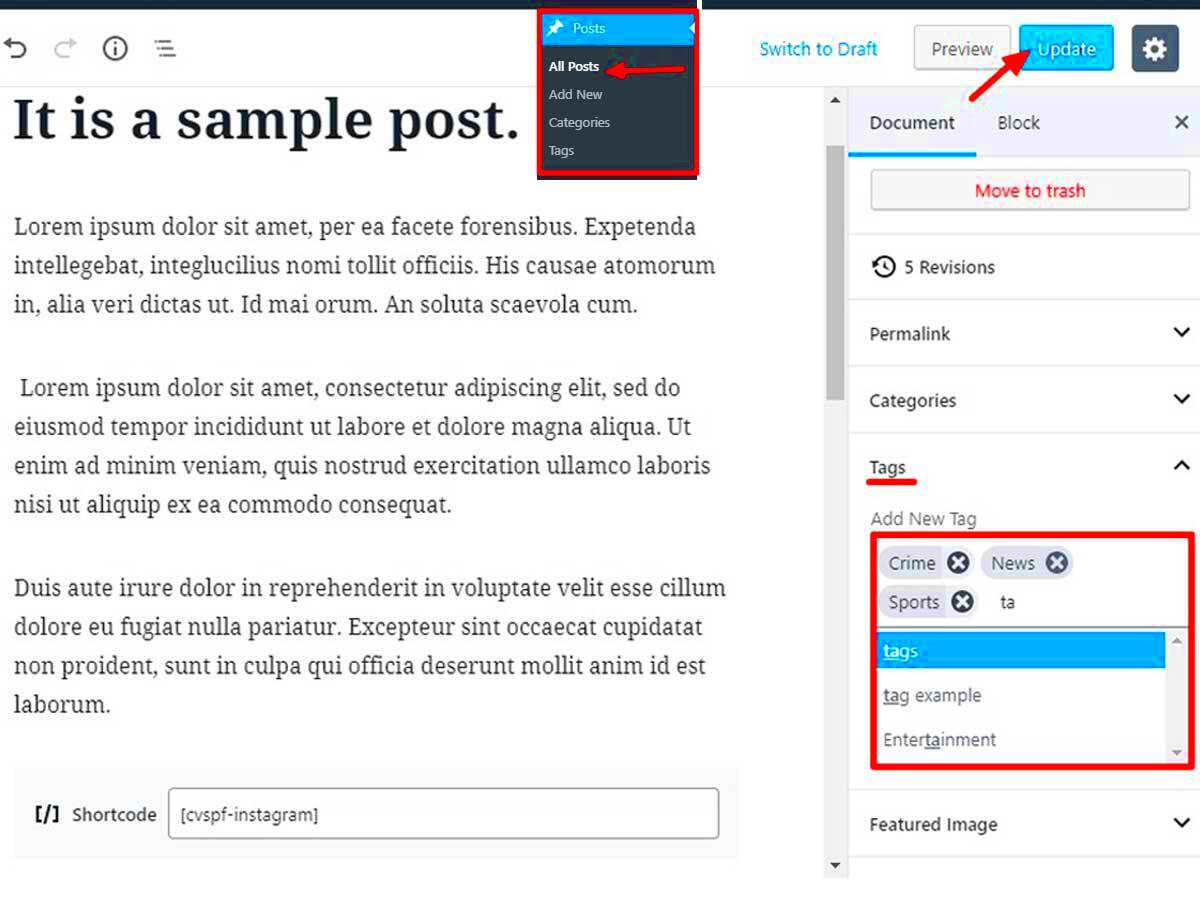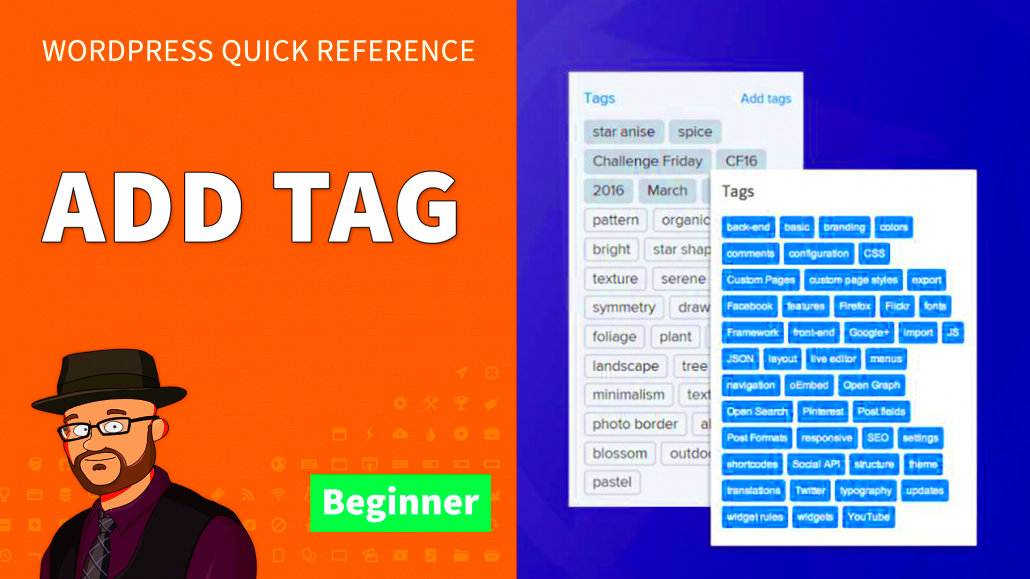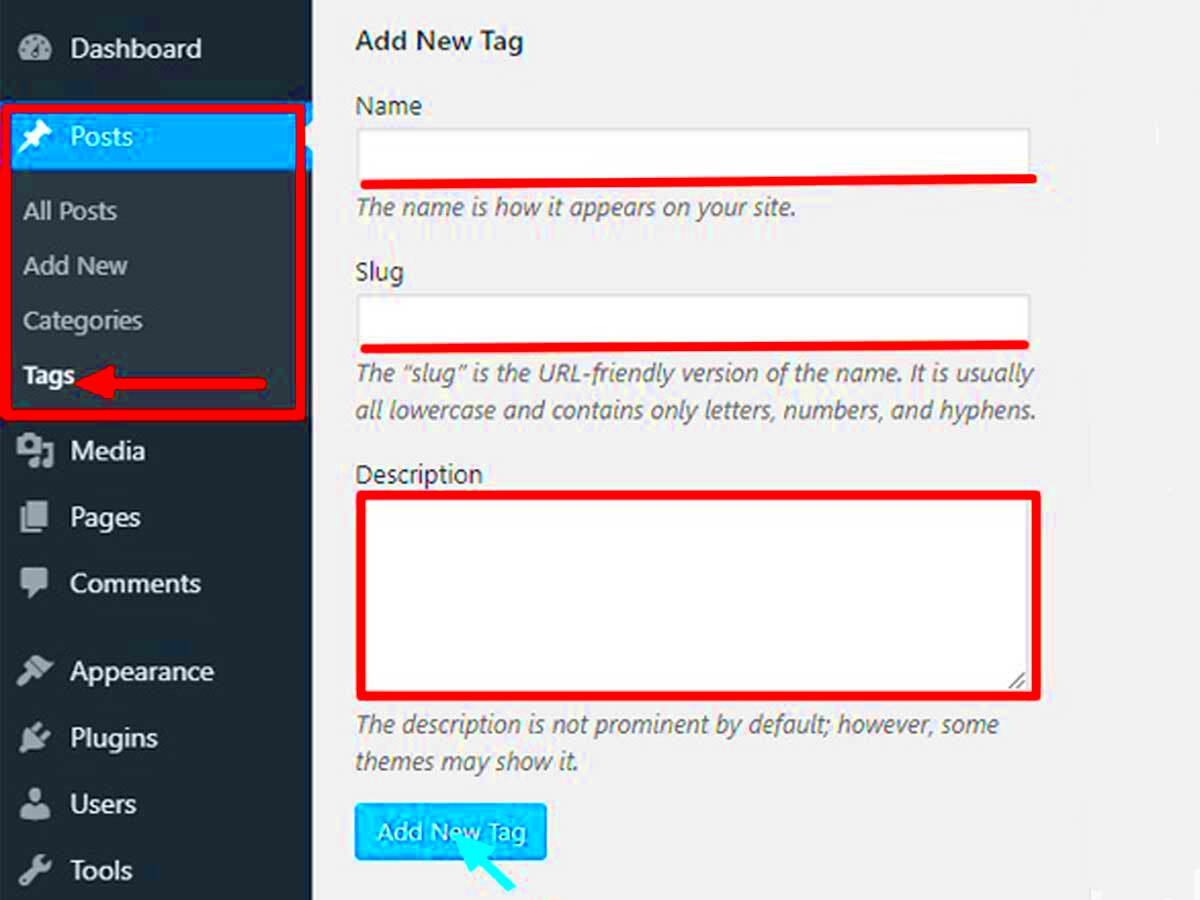When it comes to customizing your WordPress site, one powerful tool at your disposal is the use of structure tags. These tags allow you to have more control over how your content is presented and organized. By manually adding these tags, you can enhance SEO, improve accessibility, and create a more visually appealing layout. So, whether you’re a seasoned WordPress developer or just starting out, understanding structure tags is essential for elevating your online presence.
What are Structure Tags?

Structure tags are special HTML elements that help define the layout and hierarchy of the content on your WordPress site. They guide web browsers and search engines in understanding the layout of your page, ensuring that everything is structured correctly for optimal performance.
Here’s a breakdown of some common structure tags you might use in WordPress:
- <header>: Defines the header area of your page, typically containing logos, navigation menus, and other introductory content.
- <nav>: Represents the navigation section of your site, making it easier for visitors and search engines to find links.
- <main>: Encloses the main content of your page, differentiating it from other areas like sidebars and footers.
- <article>: Designates independent content, ideal for blog posts and news articles.
- <section>: Used to define thematic groups of content, allowing for better organization within your pages.
- <footer>: Contains information about the page, such as copyright notices, contact info, or additional links.
By properly using structure tags, you can create a well-organized WordPress site that is easy for users to navigate and search engines to index. This not only enhances user experience but can also significantly boost your SEO efforts!
Benefits of Using Structure Tags

When it comes to optimizing your WordPress site, using structure tags can be a game changer. These HTML tags play a critical role in how search engines see your content, which can ultimately impact your rankings. Here are some key benefits of incorporating structure tags into your web pages:
- Enhanced SEO: Structure tags help search engines to better understand the context and hierarchy of your content. By using tags like
<header>,<footer>, and<article>, you can signal to search engines what your most important content is. A clearer structure may lead to better rankings. - Improved Accessibility: Using structure tags also benefits users. Screen readers and other assistive technologies can utilize these tags to create a better experience for visually impaired users, leading to a more accessible website.
- Clearer Layout: Structure tags help format your content in a way that is visually appealing. A clear structure makes it easy for readers to scan through your content, improving user engagement and reducing bounce rates.
- Future-Proofing: As web standards evolve, using semantic HTML through structure tags will ensure your website remains compliant with upcoming technologies and practices.
- Better Integration with Third-Party Services: Many third-party apps and services rely on structured data to display your content accurately. By using structure tags, you make it easier to integrate tools for social sharing, analytics, and more.
How to Manually Add Structure Tags to WordPress
Adding structure tags to your WordPress site might feel like a daunting task, especially if you’re not well-versed in coding. But don’t fret! It can be simpler than you think. Here’s a step-by-step guide to help you manually add structure tags:
- Access Your Theme Files: Log in to your WordPress dashboard and go to
Appearance>Theme Editor. Here, you’ll see a list of your theme files. - Edit Your Template Files: Common files to edit include
header.php,footer.php, andindex.php. Click on the file you want to modify. - Add Structure Tags: Use structure tags like
<header>,<footer>,<article>, and others according to your needs. For example, wrap your site’s header content in<header></header>tags to make it more semantic. - Save Changes: Once you’ve added your tags, make sure to click the
Update Filebutton to save your changes. - Test Your Site: After saving, visit your site to check that everything looks good. You can use online tools to validate your HTML and ensure your structure tags are set correctly.
Adding structure tags may require some technical know-how, but the benefits to your SEO and user experience make it worth the effort. So why wait? Start enhancing your site’s structure today!
5. Step-by-Step Guide to Adding Tags
So, you want to manually add structure tags to your WordPress site? Great choice! Structure tags help search engines understand your content better, leading to improved indexing and potentially better rankings. Here’s a simple guide to get you started on the right path.
Follow these steps carefully:
- Access Your Theme Files: Start by logging into your WordPress dashboard. From there, navigate to Appearance > Theme Editor. You’ll be prompted to select the theme you want to edit. Make sure it’s the active one!
- Select the Right File: You will typically need to edit files like header.php, footer.php, or single.php depending on where you want to add your tags. Be cautious here; incorrect changes can break your site.
- Add Your Structure Tags: Insert the structure tags you need within the appropriate HTML containers. For instance, you might add a <header> tag around your site’s header area. Keep the syntax correct!
- Preview Changes: It’s crucial to preview your changes before saving. Use the Preview option to check how your site looks with the new tags in place. Here’s your chance to catch any errors!
- Save and Test: Once you’re satisfied with the changes, click Update File to save your edits. Then, test various pages on your site to ensure everything functions as expected.
And there you go! You’re now equipped with the knowledge to add structure tags manually to your WordPress theme. Just remember to back up your files before making changes, in case something goes awry!
6. Common Structure Tags and Their Uses
When adding structure tags to your website, knowing which tags to use is essential. Let’s delve into some of the most common structure tags and their specific uses.
| Tag | Usage |
|---|---|
| <header> | This tag typically contains introductory content or navigational links. It’s where your site title and logo often reside. |
| <nav> | The <nav> tag is specifically for navigation links. It helps users and search engines find their way around your site. |
| <main> | This tag houses the primary content of your webpage. It ensures that search engines understand which part of your page is the main focus. |
| <article> | The <article> tag is used for independent, self-contained content. Think of blog posts or news articles – each deserves its own article tag! |
| <footer> | The <footer> tag usually contains information about the author, copyright notes, or links to about pages and privacy policies. |
Utilizing these tags helps with both usability and search engine optimization. Each tag serves a unique purpose, allowing your content to be better organized and easily crawlable by search engines. So, don’t hesitate—implement these structure tags for a more robust website structure!
Best Practices for Implementing Structure Tags
When it comes to manually adding structure tags to your WordPress site, following best practices is crucial for ensuring that your content is not only well-organized but also SEO-friendly. Here are some tips to keep in mind:
- Use Semantic HTML: Always opt for semantic HTML tags. They provide meaning and context to your content, which helps search engines understand what your pages are about. For example, using
<header>for the header section and<article>for your main content area. - Consistent Use: Be consistent in how you apply structure tags throughout your website. For instance, if you choose to use
<h1>for main titles, don’t mix it up with<h2>s and<h3>s sporadically. Consistency aids readability and ultimately improves user experience. - Mobile Responsiveness: Check if the structure tags you’re implementing work well on mobile devices. Google prioritizes mobile-friendly designs, so make sure your markup is responsive and accessible.
- Testing and Validation: After making changes, always test your pages using tools like the W3C HTML Validator or Google’s Structured Data Testing Tool. These resources help you catch any errors in your markup.
- Update Regularly: Keep your structure tags up to date with current web standards and practices. As your site evolves, continually assess whether your tags remain relevant and effective.
By following these best practices, you can ensure a better user experience while also enhancing your site’s SEO performance.
Troubleshooting Common Issues
Even with careful planning and execution, you may encounter some hiccups when adding structure tags to WordPress. Here are some common issues and how to troubleshoot them:
- Incorrect Tag Nesting: One of the frequently seen issues is improper nesting of tags. Ensure that your HTML elements are not overlapping incorrectly. For instance,
<h1>tags must not be placed inside<h2>tags. Use a validator tool to check for nesting issues. - Styling Problems: Sometimes, adding structure tags can interfere with your CSS styles. If you notice that elements aren’t displaying as expected, check your stylesheet to see if specific styles need to be adjusted for your new structure.
- SEO Loss: If your rankings drop after modifying structure tags, it may be due to incorrectly implemented HTML. Use Google Search Console to monitor for any crawl errors or indexing issues caused by your changes.
- Browser Compatibility: Be aware that some older browsers may not fully support newer HTML5 structure tags. Always test across multiple browsers to ensure consistent performance.
- Template Conflicts: If you’re using themes or plugins that affect the layout, check for conflicts. Sometimes, these can override the changes you’ve made, so be sure to check theme documentation or community forums for advice.
By identifying and resolving these issues, you can improve the overall effectiveness of the structure tags used on your site. Remember, consistent troubleshooting will give a better web experience!
Conclusion and Final Thoughts
Manually adding structure tags to your WordPress site can significantly enhance its SEO performance and user experience. By implementing structured data, you provide search engines with clearer information about your content, which can lead to rich snippets and improved visibility in search results. This process may seem technical at first, but with a bit of patience and understanding, it can be a valuable skill in your web development toolkit.
To recap, here are the key advantages of adding structure tags manually:
- Improved SEO: Structured data helps search engines understand your content, leading to better indexing.
- Enhanced Rich Snippets: Incorporating structured data can yield rich snippets, making your search results more appealing and informative.
- Better User Experience: Clear and informative search results can increase the click-through rate (CTR) to your site.
- Increased Click-Through Rate (CTR): Eye-catching snippets can attract more clicks, driving traffic to your website.
For effective implementation, follow these steps:
| Step | Description |
|---|---|
| 1 | Choose the type of schema markup relevant to your content. |
| 2 | Use tools like Google’s Structured Data Markup Helper to generate your tags. |
| 3 | Add the generated tags to the appropriate sections of your WordPress theme. |
| 4 | Test your implementation using the Google Rich Results Test tool. |
| 5 | Monitor your website’s visibility in search results post-implementation. |
Ultimately, taking the time to learn and apply structured data effectively can yield long-term benefits for your website’s performance.



